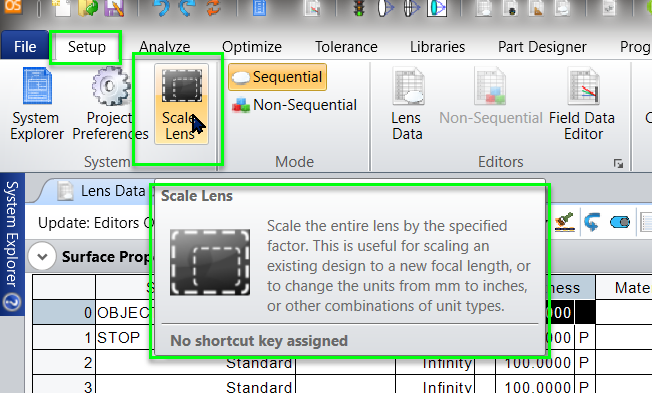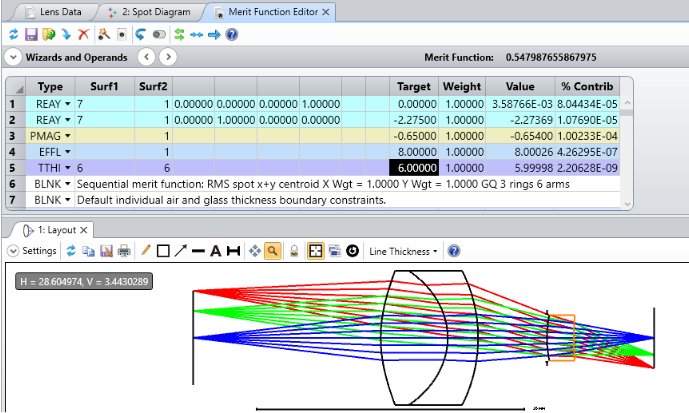Hello Onder,
Thanks for posting in Myzemax forum!
There are two ways to customize your model with desired EFL conditions applied.
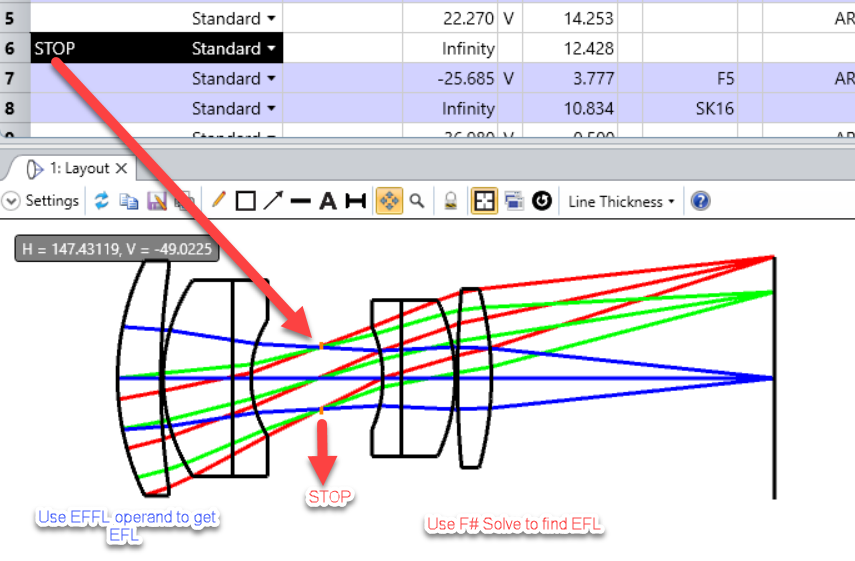
1st Case : So if you want to find EFL of lens after STOP , then you can find EFL by using solve type F#.
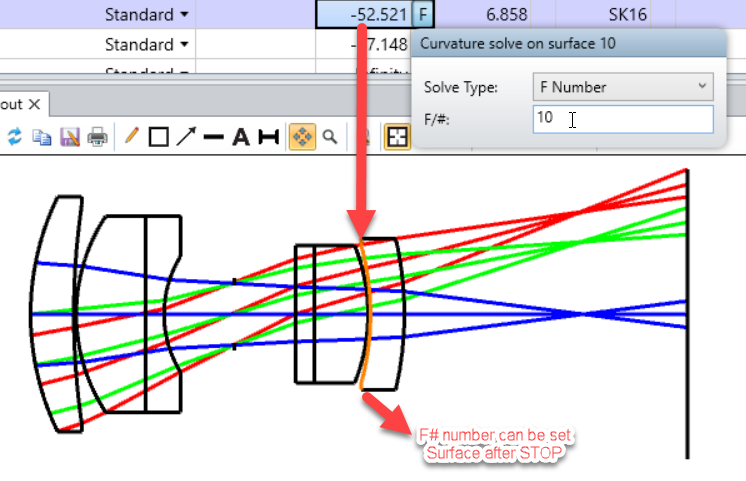
Then radius will automatically adjust for F# =10 .Then you can choose Quick Focus in order to get proper Thickness of lens with desired EFL
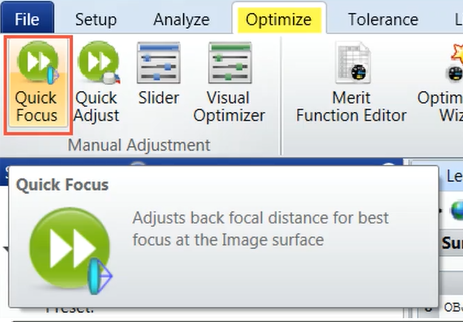
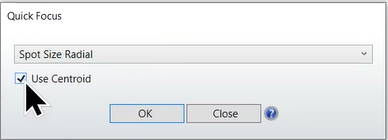
2nd Case : Another way to find EFL ,If your lens lies before STOP then make the parameter radius and thickness to variable.
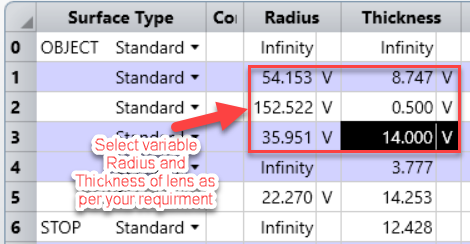
In merit function editor ,select image quality and Boundary values . As boundary values is suggestions to zemax suppose what could be maximum thickness of lens should be if you have radius of curvature of -20 .

After selecting both optimation function and Boundary values.Please select Optimization operand EFFL in merit function editor and select the desired wave and update it . You will get the EFFL value

Please feel free if you have any question.
Regards
Sahil













